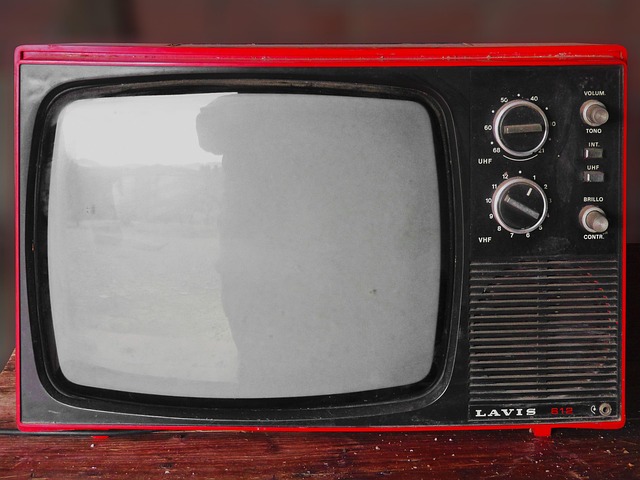Understanding Radiofrequency Interference (RFI) in Display Technology
In today’s world where visual media dominates our daily lives, the seamless performance of display technology is paramount. From the crisp clarity of high-definition TVs to the vibrant precision of professional monitors, every pixel relies on a stable and interference-free signal. Yet, lurking in the invisible electromagnetic spectrum is Radiofrequency Interference (RFI), a disruptive force that can silently degrade our viewing experience.
What is Radiofrequency Interference (RFI)?
Radiofrequency interference refers to unwanted disturbances caused by electromagnetic emissions in the radio frequency spectrum. These disturbances can originate from various sources such as wireless devices, electrical equipment, and even nearby transmitters. When such interference permeates the circuitry of display devices, it can manifest as flickering screens, distorted images, or even complete signal loss.
Impact on TVs and Modern Display Technology
Television sets are particularly vulnerable to RFI due to their reliance on electromagnetic signals for broadcast reception and digital processing. Analog TVs were more prone to interference artifacts like snow or ghost images, but even modern digital TVs and smart displays are not immune. The intricacies of digital visualization technologies, including LED, OLED, and QLED panels, can suffer from subtle disruptions—causing frame drops or color distortion—that degrade the viewing experience.
Technic Analysis: How RFI Affects Visualization
At the core of this interference effect lies the way display hardware processes incoming signals. Monitors convert electronic signals into visual data through sensitive components like the graphics processing unit (GPU) and display driver circuits. RFI can induce noise currents or voltage spikes within these components, leading to errors in the rendering pipeline.
For instance, in a professional monitor used for video editing or graphic design, the subtle influence of RFI might cause temporary color shifts or reduce the overall fidelity of the displayed image. In gaming monitors, where high refresh rates are critical, interference could introduce latency or screen tearing, directly impacting user experience.
Mitigating RFI in Display Environments
Understanding the technic intricacies behind Radiofrequency interference (RFI) allows manufacturers and users alike to take preventive measures. Shielding techniques, such as using metal casings or specialized grounding strategies, can significantly reduce the susceptibility of TVs and monitors to RFI.
Furthermore, positioning display devices away from known sources of electromagnetic emissions—like routers, cordless phones, or microwave ovens—helps maintain signal integrity. For professionals in audio technology who often work in environments rich with wireless gadgets, awareness and proper management of RFI can preserve the accuracy and quality of both audio and visual outputs.
The Future of Display Technology Amidst RFI Challenges
As display technology advances, with innovations in resolution, refresh rates, and color accuracy, the tolerance for any form of interference diminishes. Manufacturers incorporate more robust circuit designs and adaptive filtering to combat RFI, ensuring that the stunning visuals we expect are delivered without compromise.
In an interconnected world, where simultaneous transmission of data and signals is the norm, radiofrequency interference remains a persistent technological challenge. Recognizing its impact on display technology encourages continued innovation and careful attention in the design and use of visual devices—ultimately enhancing our everyday viewing experiences.


